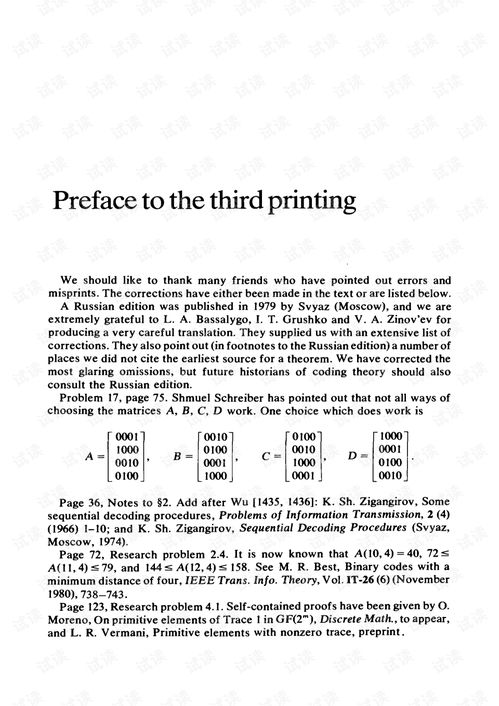Introduction:
Snail fishing, an ancient and sustainable method of angling, has been practiced for centuries. It involves using a bait called "baits" to attract snails, which are then harvested for various culinary purposes. This article delves into the intricacies of how to effectively prepare and use baits for snail fishing, offering valuable tips and techniques to enhance your fishing experience.
Understanding the Basics of Baiting for Snail Fishing
Choosing the Right Bait: The choice of bait is crucial in snail fishing. The most commonly used bait is the "baits," which are small, round, and made of clay. These baits are designed to mimic the appearance of snails' natural food sources, making them highly attractive to snails.
Preparing the Bait: Before using the baits, they need to be prepared. Here's a step-by-step guide:
- Moisten the Bait: Soak the baits in water for a few hours to make them soft and pliable.
- Shape the Bait: Roll the bait between your hands to form a small, round ball.
- Add Attractants: You can enhance the bait's appeal by adding a small amount of fish oil or garlic powder.
Techniques for Effective Baiting
Identifying the Best Fishing Spots: To maximize your chances of success, it's essential to identify the best spots for snail fishing. Look for areas with plenty of vegetation, as snails thrive in such environments. Pay attention to the water flow and depth, as these factors can significantly impact snail populations.
The Art of Baiting: Once you've found a suitable spot, it's time to start baiting. Here are some tips:
- Use a Baiting Rod: A specialized baiting rod with a long handle and a small hook is ideal for snail fishing.
- Cast the Bait: Cast the bait gently into the water, ensuring it lands softly on the bottom.
- Adjust the Bait Position: Move the bait around slightly to mimic the natural movement of snails.
Patience is Key: Snail fishing requires patience, as snails are slow-moving creatures. Wait for at least 10-15 minutes before checking the bait. If you feel a tug or resistance, gently pull the rod and retrieve the bait.

Advanced Baiting Techniques
Layering the Bait: To increase your chances of catching more snails, consider layering the bait. Place several baits on the bottom, ensuring they are spaced out to avoid overcrowding.
Using Artificial Baits: For those who prefer not to use natural baits, artificial baits can be an excellent alternative. These baits are designed to mimic the appearance and movement of snails, making them highly effective.
Seasonal Considerations: The best time for snail fishing is during the spring and summer months when snails are most active. Adjust your baiting techniques accordingly, as snails may be more active during certain times of the day.
Conclusion:
Snail fishing is an art that requires patience, practice, and a thorough understanding of baiting techniques. By following the tips and techniques outlined in this article, you'll be well on your way to mastering the art of snail fishing. Happy fishing!












